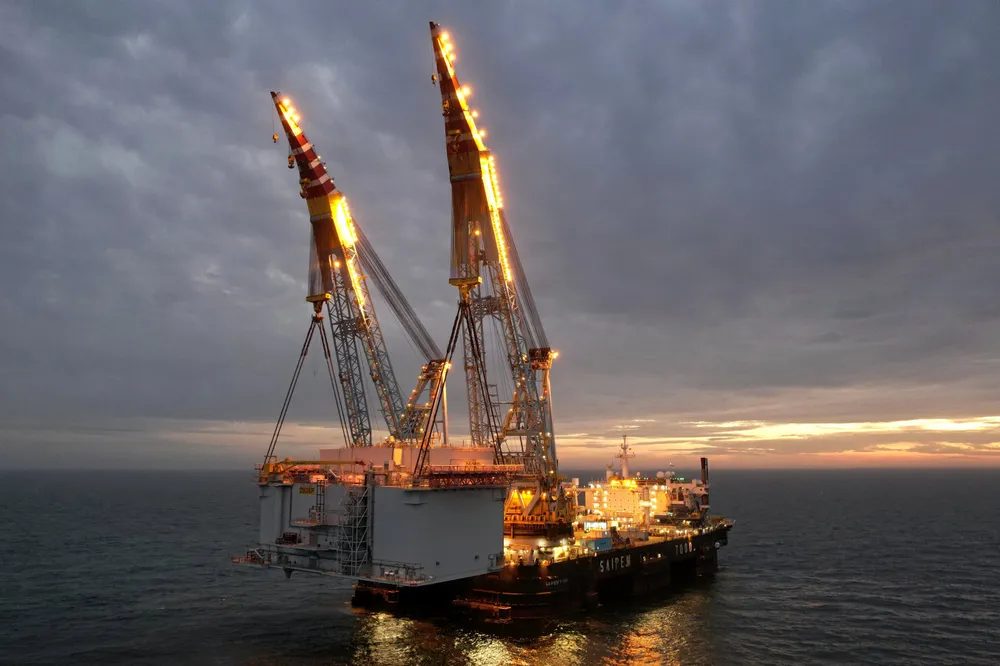Giant offshore substations tipped as $20bn winners in Europe's wind power boom
Continent's seas set for proliferation of substations fuelled by floating's venture into deeper waters, says Rystad Energy

Europe’s wind sector will need to see a total $20bn investment in offshore substations this decade if transmission infrastructure is to keep pace with the amount of power to be generated offshore, according to a new study by consultancy firm Rystad Energy.
Modelling in the study showed that installing reliable and accessible infrastructure to serve the expansion in offshore wind farms will require 137 substations to be installed offshore continental Europe this decade.
Over 120 of these facilities will be installed between 2024 and 2030 at a cost of around $18bn, according to the study.
“Annual spending on offshore substations will increase steadily through 2030, rising from an average of $1.4bn per year from 2015 to 2023, to a new high of $8.4bn in 2030,” the consultancy found.
Rystad based its conclusions on a study of projects and plans in European countries, many of which have set ambitious offshore wind installation goals.
“Europe is set to install eight new offshore substations in 2024 alone, double last year’s number,” Rystad noted. The study also highlighted the advance into deeper waters.
“This year, new offshore substations will be confined to wind projects located within 50km of the coast. However, in the latter half of this decade we expect a notable uptick in offshore wind installations beyond the 50-km mark, driving more need for offshore substations," it stated.
As Rystad pointed out, substations are crucial to the offshore wind industry as they collect power generated by wind turbines, increasing the operating voltage, stabilising the current and transmitting the power to shore.
Apart from helping to minimise power transmission losses, offshore substations play a key part in other energy initiatives, such as electrifying offshore oil and gas production platforms.
The primary electrical system of an offshore substation includes switchgears, transformers/converters, a reactive power compensation system and an earthing system.
"The surge in substation developments is being fuelled by the increased scale of offshore wind projects and their distance from shore, with projects exceeding 1GW of capacity requiring multiple substations," Rystad noted.
So far, the vast majority are bottom-fixed structures, although the first floating substations are on the horizon.
“We will see a substantial increase in spending in the offshore substation market this decade. This is linked to growing installed capacity in Europe and will be further amplified when floating wind technology takes off. Floating wind turbines are situated far from shore, meaning we could see the first floating substations in the early 2030s,” said Petra Manuel, senior offshore wind analyst at Rystad Energy.
(Copyright)